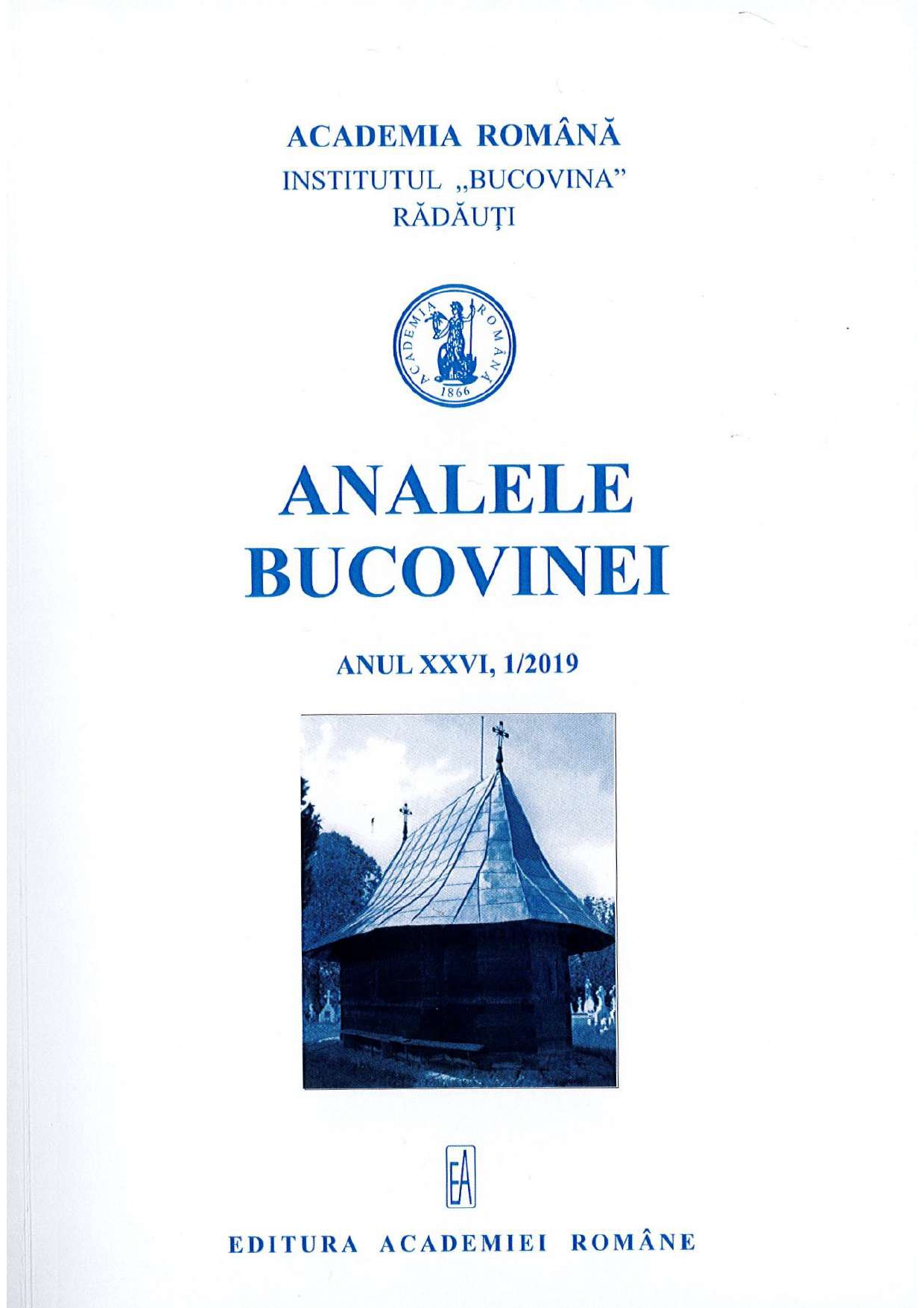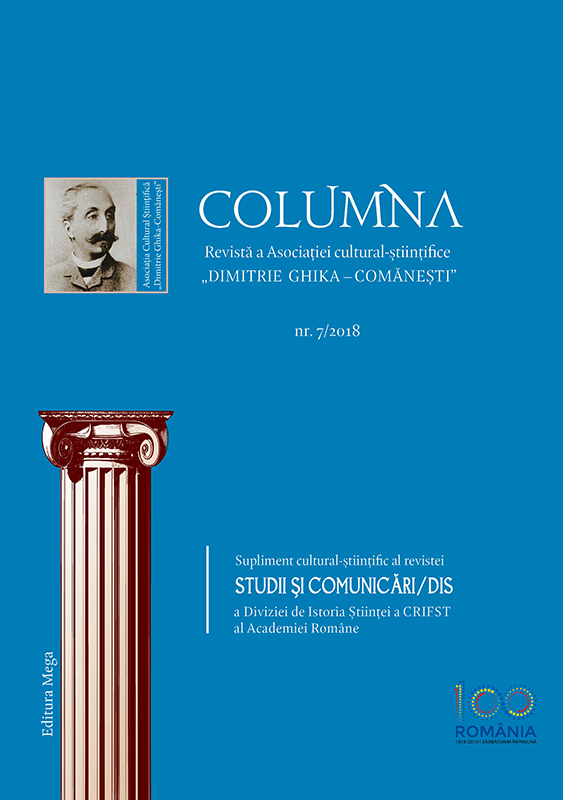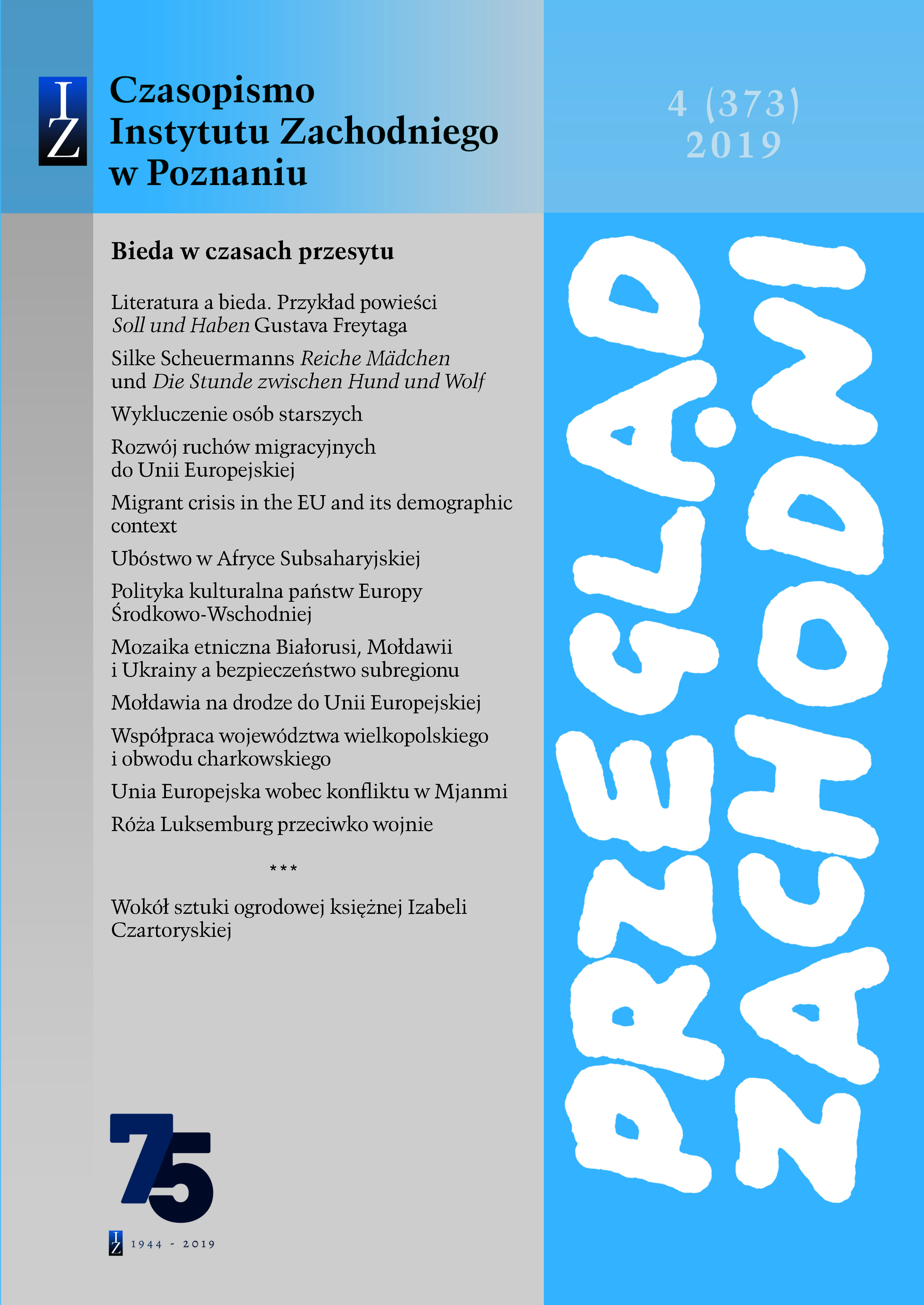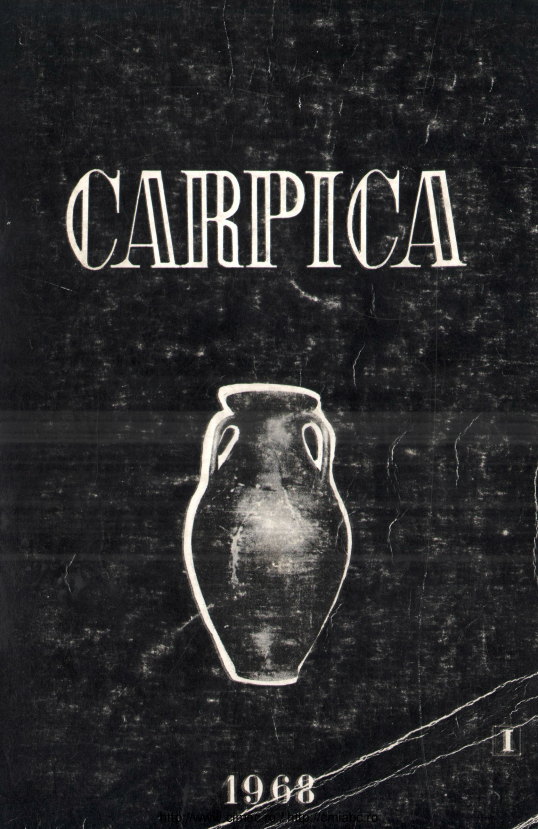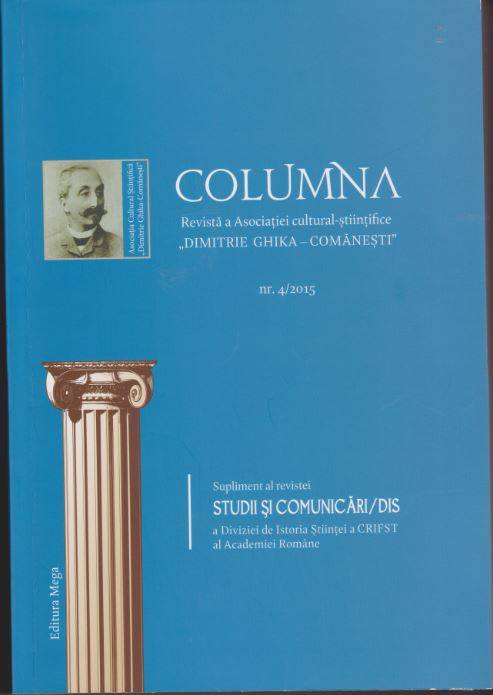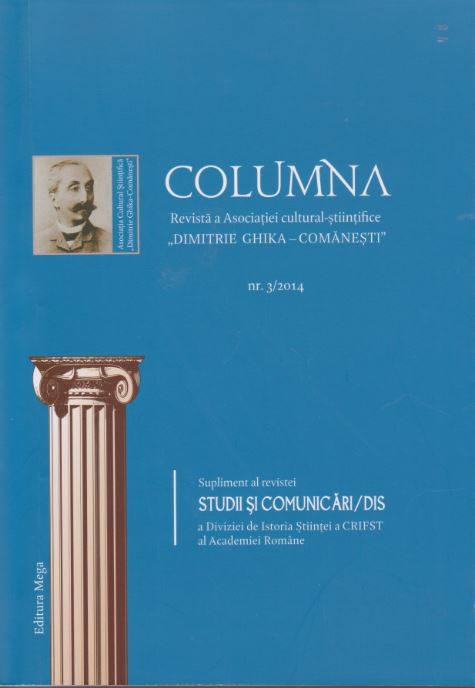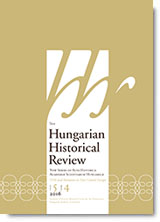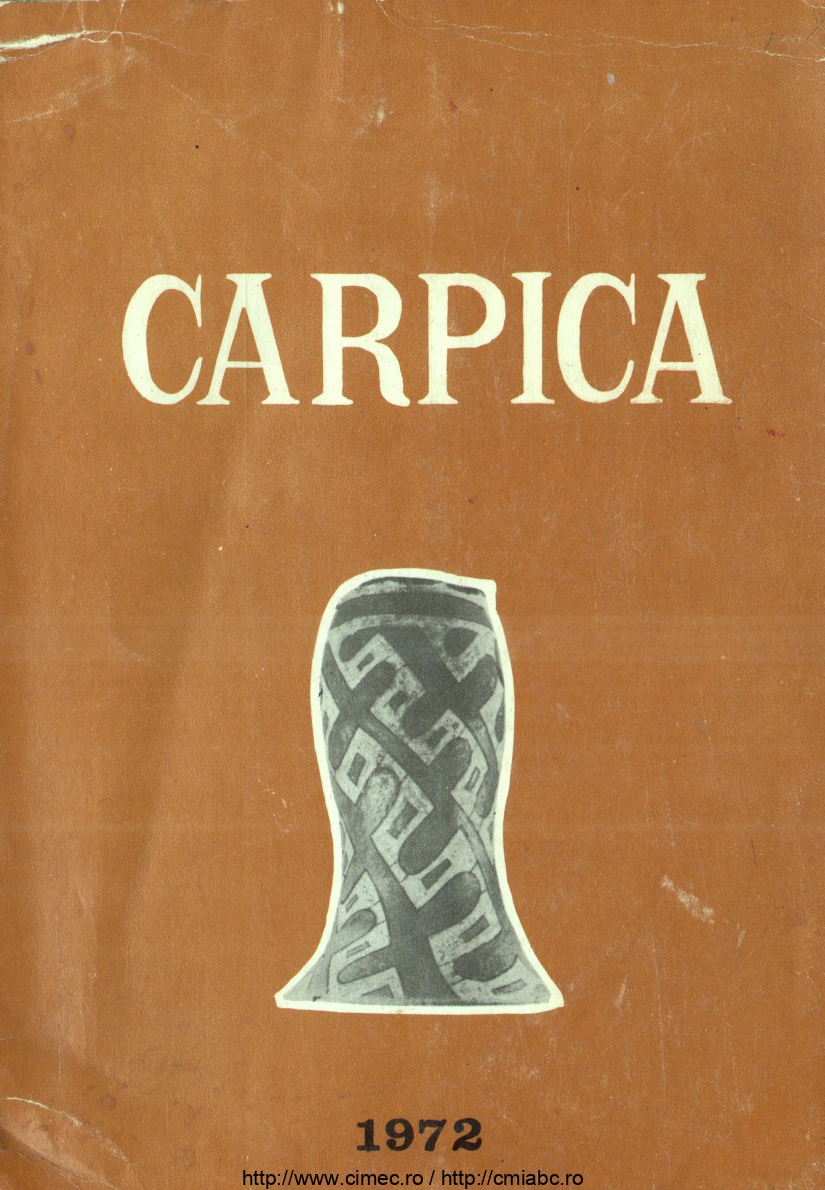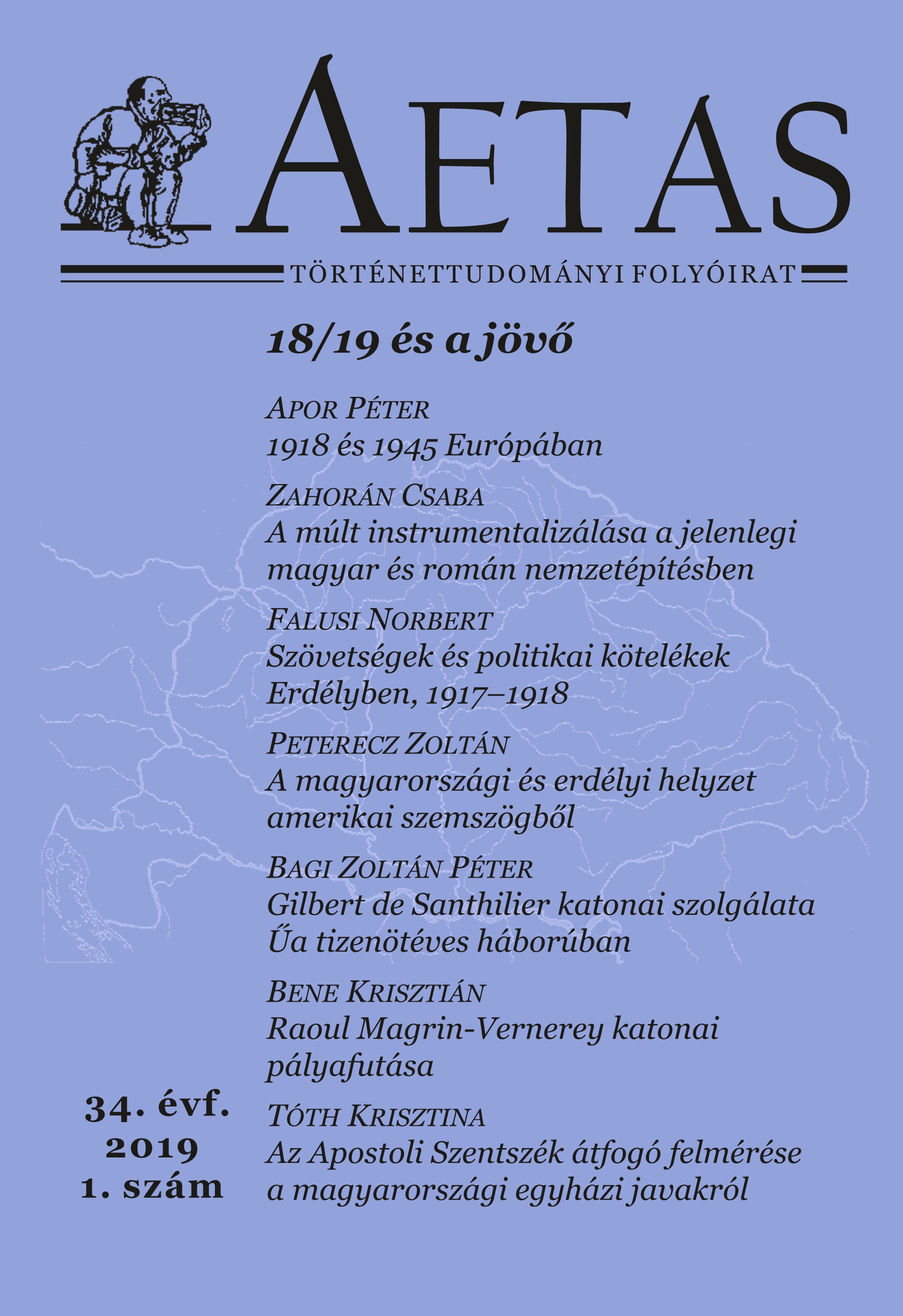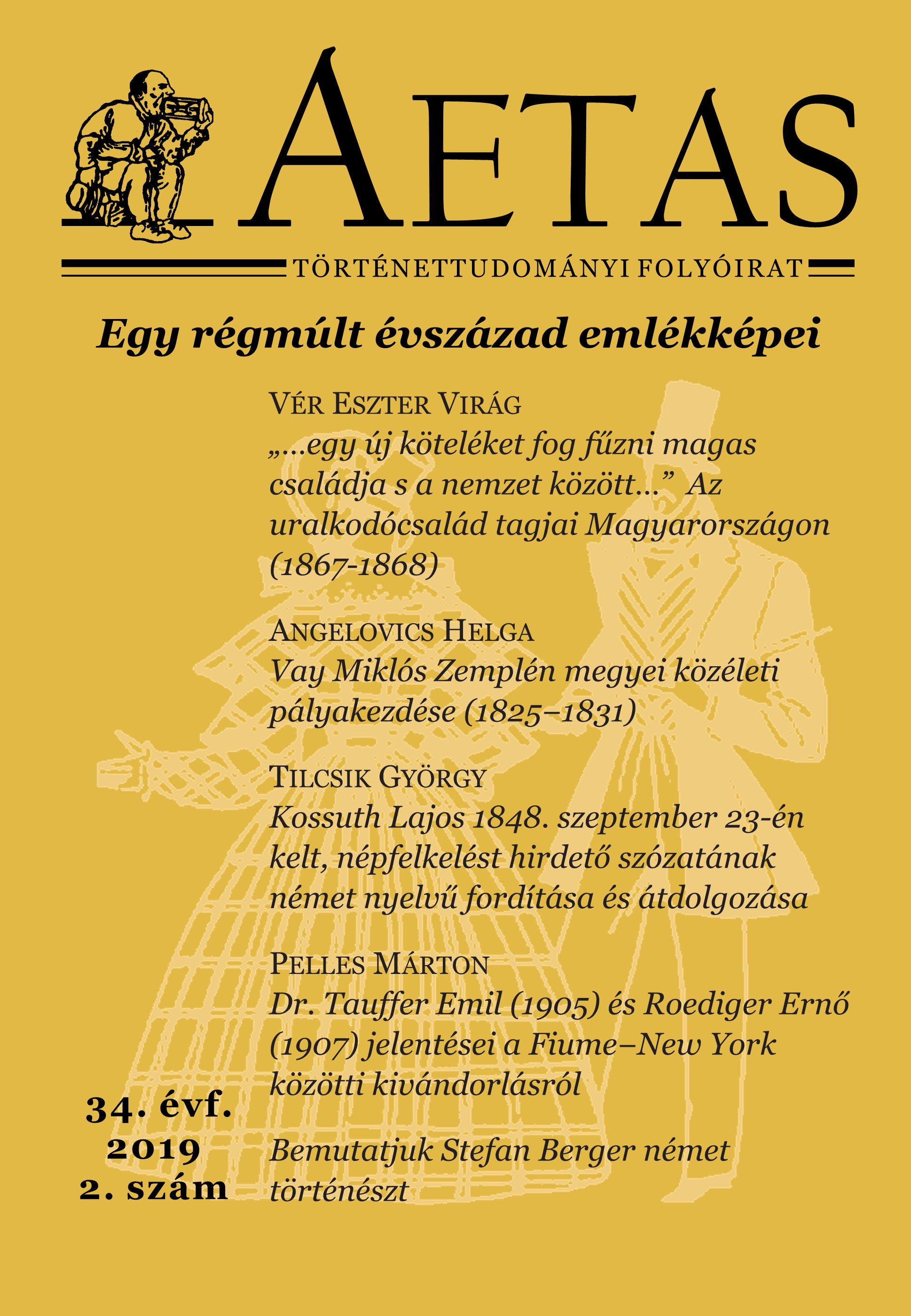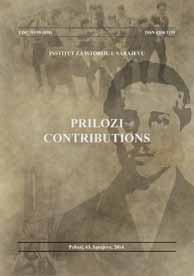
Iconography of an Assassin:Gavrilo Princip from Terrorist to Celebrity
By assassinating Habsburg Archduke Francis Ferdinand and his wife Sophie in Sarajevo in June 1914, Gavrilo Princip became a historically significant but polarizing figure. Consecutive regimes and political movements of the twentieth and twenty-first centuries either valorized or disparaged him in order to promote their particular ideology or world view. In the last four years of the Habsburg Monarchy (1918-1918), he was characterized by the monarchy’s supporters as a murderous terrorist; during Royal Yugoslavia (1918-1941) he was portrayed as a Yugoslav or Serb national hero; during the Second World War (1941-1945), Nazis and Ustasha viewed him as a degenerate criminal; and in the time of socialist Yugoslavia (1945-1992) he was represented as a youthful hero of armed resistance. During the last two decades of socialism, he increasingly assumed the role of celebrity, one who drew attention and incited curiosity based not on a moral or political assessment of his deed but rather as a figure of monumental consequence in world history. Although politicians and popularizers continue to promote politically-motivated assessments of his life and deed, Princip’s posthumous persona as a global celebrity is most likely to remain more widespread and appealing than either his ideologically-inspired heroic or his demonic representations.
More...
